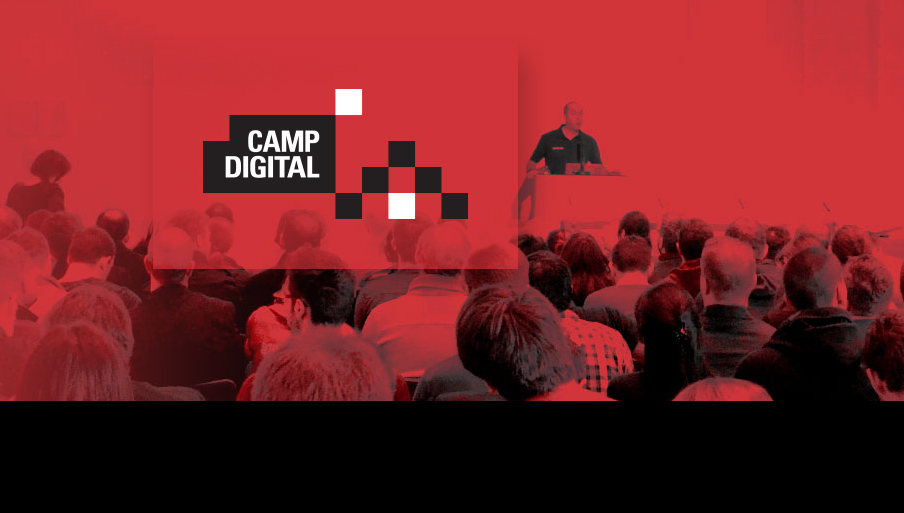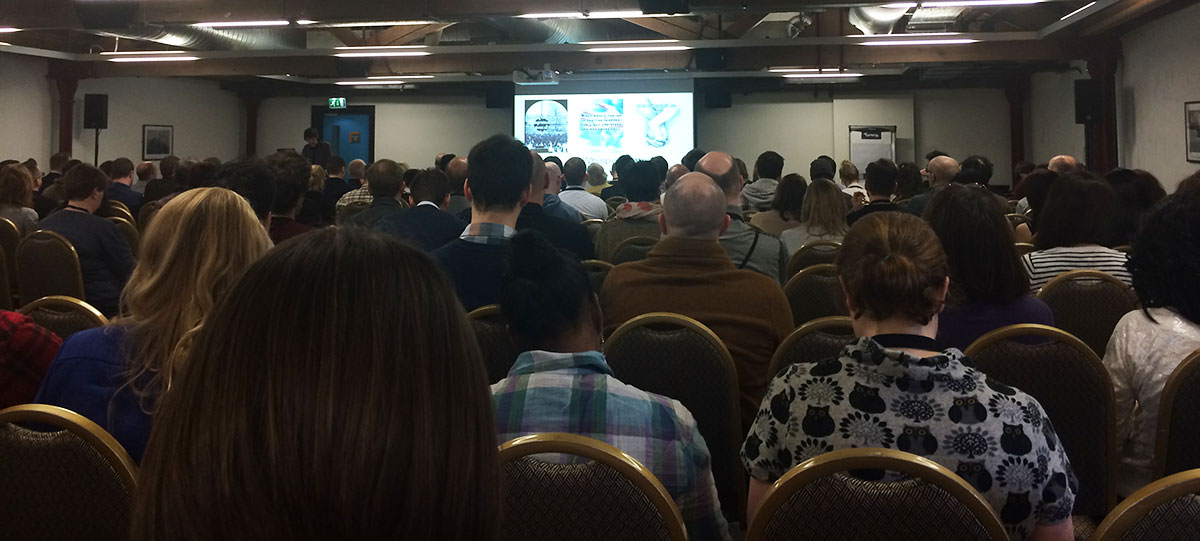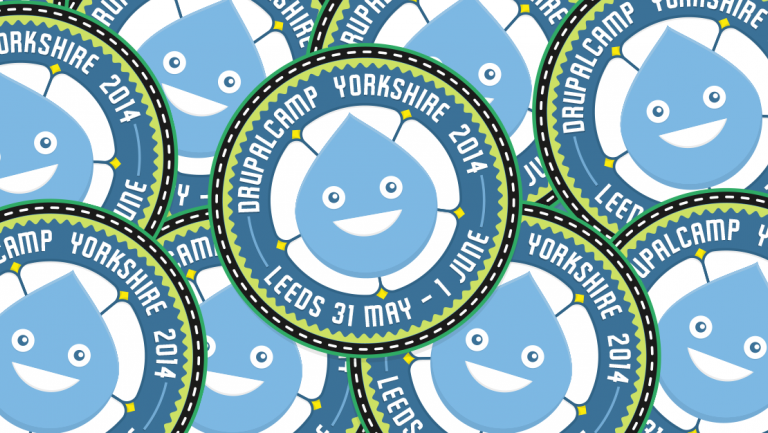Martin Bryant, Editor in Chief of technology news site The Next Web, gave a thought-provoking and energetic keynote at Camp Digital 2014.
Digital Trends Camp Digital 2014 Keynote

His presentation rattled through his predictions of what the top digital trends of the year ahead will be at a blistering pace. Here’s a recap of his key points.
1. Context
A recent buzzword that refers to more personalised content being delivered to you in relevant situations, Martin marked contextual content out as something that will only get more intelligent as we feed more personal information into the web. A few examples that demonstrate how useful contextual content can be are Google Now that uses your location and calendar to serve information such as travel and weather to you throughout your day, before you even ask.
Aviate is an Android app that creates a contextual home screen that displays relevant apps depending on where you are. So for instance if you’re in the gym, your phone will give you your music and fitness tracking apps intuitively.
One point to consider is that contextual content is very helpful but relies heavily on you allowing access to your private information. To me “Context” sounded like another word for the semantic web (or Web 3.0 or whatever you want to call it) but it was interesting to hear about new services that are bringing this predictive intelligence into the mainstream.
2. Quiet Social
Martin pointed to SnapChat as an influential app that has change the way we share social information. SnapChat’s time sensitive messaging has heralded a rise in “quiet social’ apps such as Whisper and Secret.
Whisper allows for anonymous messaging where people submit their inner thoughts to the world and has recently partnered with BuzzFeed so will probably be gaining more traction very soon.
Secret is another new app that has proven popular in the social circles of Silicon Valley and has already caused a stir by powering the rumour mills of company buy outs. Currently only available on US phones, Martin talked about the dangers of such an app breaking out in schools and the damaging effects of false gossip being spread.
Another site mentioned was Kwikdesk - a messaging service similar to Twitter but completely anonymous. Martin talked about how this could be used for secret meetings and news announcements that could circumnavigate censorship or be used by whistleblowers.
3. Waking up to hackers
This was more a warning than a trend, but Martin made a good point about the recent spate of hacker attacks on companies such as Sony and Microsoft, and if huge companies with big security budgets can be successfully attacked then small start-ups need to be more responsible for all the personal data they hold. Martin suggested more light-weight data auditing services would be a positive approach to making data security more widely available.
4. Wearables
Tying neatly together with context, Martin talked about the rise of wearable technology and how bracelets such as Fitbit and the Nike FuelBand are just the beginning. Screens with higher resolutions and more intelligent analysis of data will create a more personalised experience. Martin also showed off his Narrative Clip; a camera that clips to your jacket and takes a photo every 30 seconds, building a gradual recording of your day. This led to an amusing anecdote of forgetting to remove the clip as he passed through US customs on a recent trip and the interrogation that followed. This raised a salient point about how the widespread use of wearable technology and recording devices could impact on airport security.

5. Virtual Reality
A perennial future trend Martin talked about the shift towards widespread virtual reality through the recent Facebook acquisition of VR headset the Oculus Rift. He talked about why Facebook might aquire this kind of technology and how it could be used for social networking and advertising. Martin also touched on the VR headset to be released by Sony for the PlayStation 4 and how soon high definition virtual reality could be a real product for the masses.
6. The Internet of Stuff
Deciding to veer away from the phrase “The Internet of Things”, Martin showed a few slides of interesting new products that are tied to the net. These include Nest, a Google thermostat and smoke alarm that can be controlled and monitored remotely through your phone, and the Withings Smart Baby monitor that can be used to view and communicate with your baby (or pet!) through the net.
7. Making Sense of the Stream
This chapter covered apps and services that help you intelligently make sense of your data and how Twitter has recently partnered with companies to help measure breaking trends. This includes Thomson Reuters for finance news, CNN and Dataminr for current events and 300 Entertainment for uncovering the next music star. Martin also mentioned @MagicRecs; one of his favourite Twitter accounts that intelligently recommends who you should follow.
8. Smartphones and Computers
Martin told the captive audience not to expect any major innovations in the world of smartphones and desktop computers in the coming year. He pointed towards the rise of simple, cheap machines such as the Chromebook that give most people all they need through browser software. Martin talked about how the new super powerful Apple Mac Pro could be the last major Apple desktop release and this could mark the gradual demise of desktop computing as we move more towards using laptops and tablets.
Martin concluded on a few side notes and things to watch out for. These included the rise of Bitcoin and cryptographic currency, 3D printing (still not quite ready for the home) and robots and AI. The mention of Google acquiring Boston Dynamics, the robotics company behind BigDog and Cheetah (a robot that can run faster than Usain Bolt) and how they could combine this knowledge with their growing bank of collected human intelligence was a scary thought to end on.



